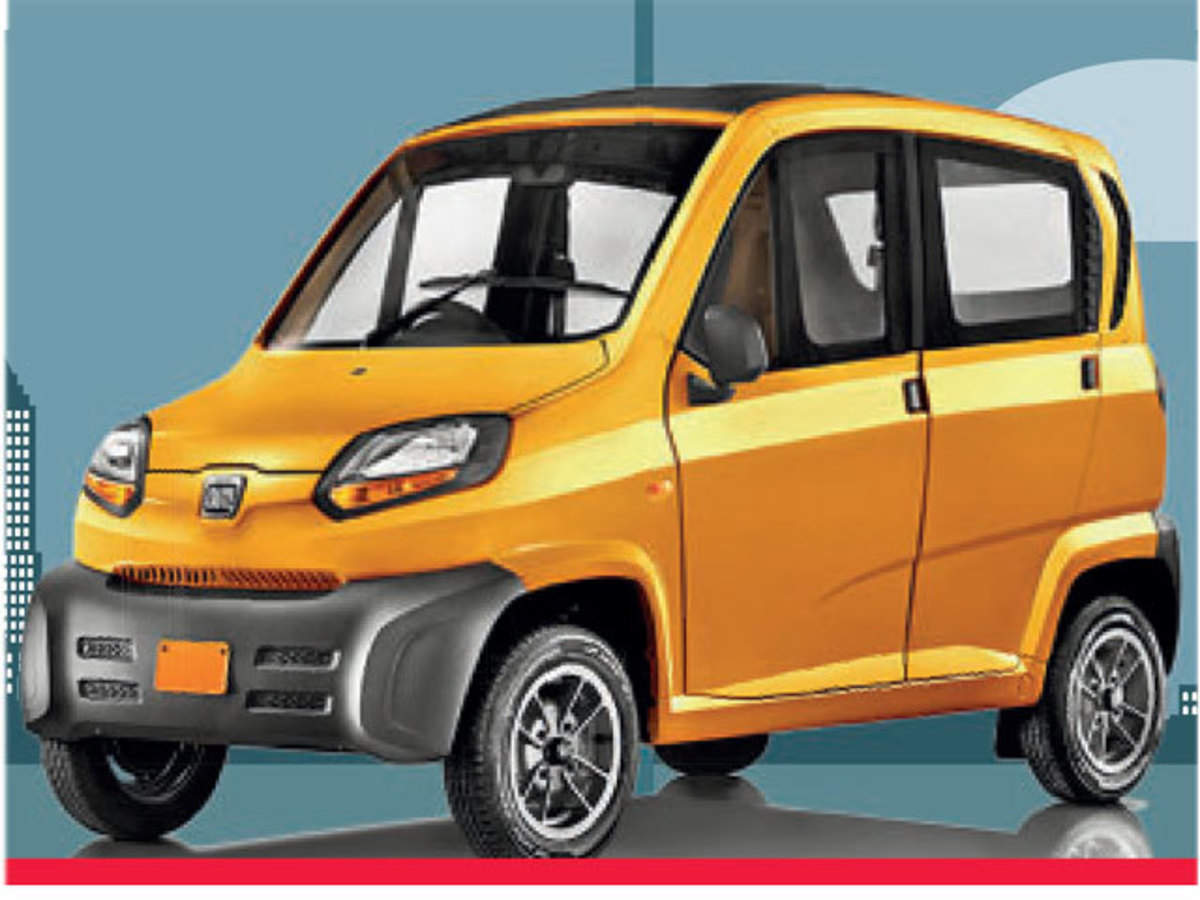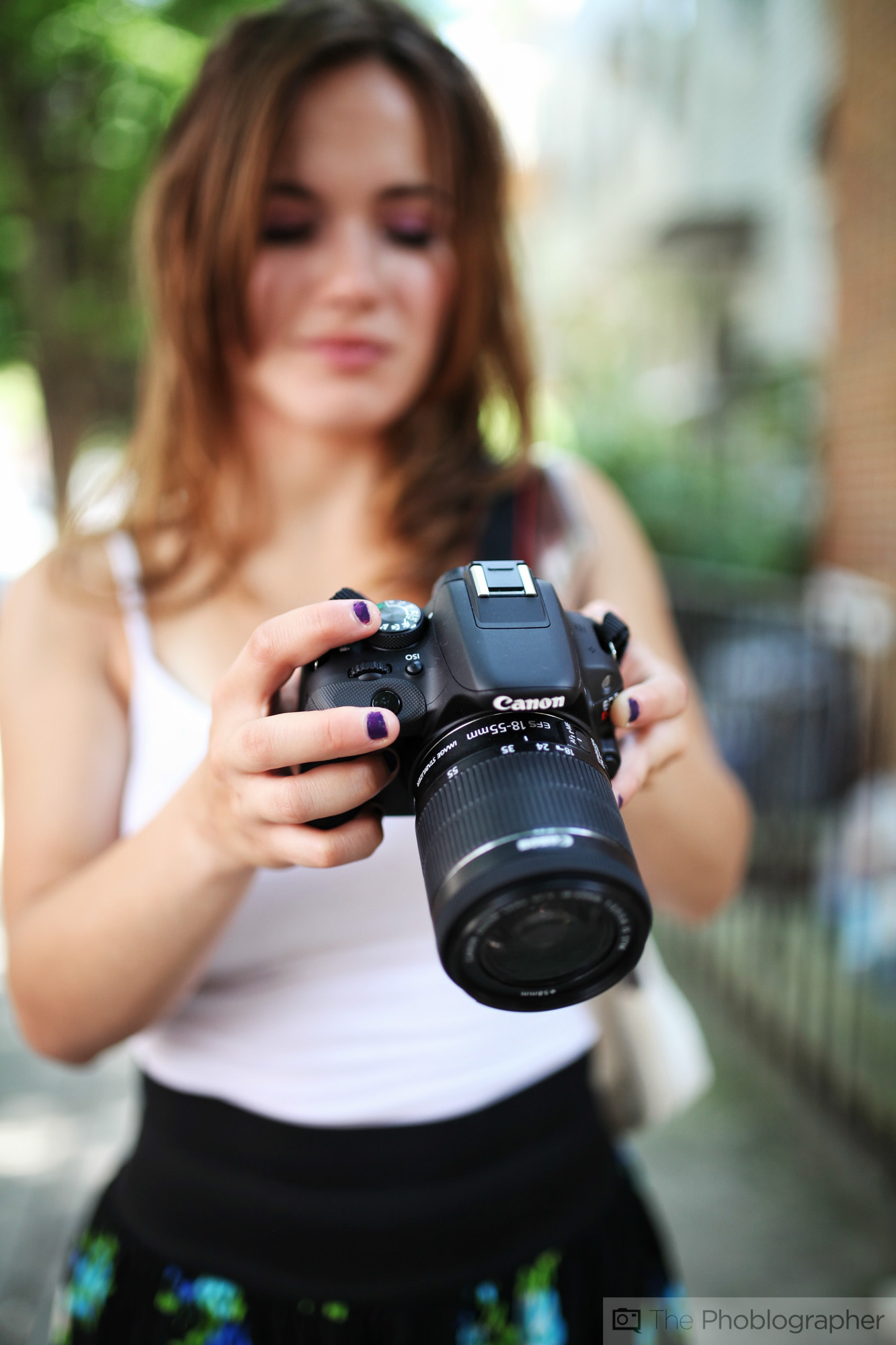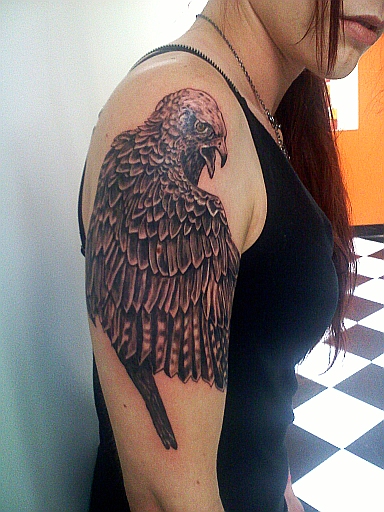Backfocus measurements specify the distance between the back of your telescope and the point at which light is focused. You need to place your camera (or eyepiece) at this point to see an in-focus image. So, for example, if your telescope has a backfocus of 100mm, the plane of the sensor should be 100mm from the end of the telescope.
Where backfocus becomes really critical is when using things like focal reducers or field flatteners. These will have a specified backfocus requirement, and you will need to make sure your camera is at this distance to get the most out of this type of device.
Using Back In Focus, quickly increase the sharpness of your photos by using the widely unsharp masking technique; a flexible and powerful way to increase sharpness. Recover lost details. For more advanced refocusing, use one of the deconvolution algorithms to recover lost details. Back In Focus makes it easy to combine all refocusing techniques. Back Focus for Fast Telescopes and Large Camera Sensors. Back focus spacing becomes even more critical to get right when you’re using a telescope/corrector with a fast focal ratio, or when you’re using a camera with a large camera sensor such as full frame or larger. The reasons for this are simple. Backfocus measurements specify the distance between the back of your telescope and the point at which light is focused. You need to place your camera (or eyepiece) at this point to see an in-focus image. So, for example, if your telescope has a backfocus of 100mm, the plane of the sensor should be 100mm from the end of the telescope. Back In Focus is an application allowing to refocus blurry images. If you ever took a great photo only to find out it is slightly blurry, Back In Focus can help you get it back in focus! Try it, it's free and easy. The best way to find out if Back In Focus suits your needs is to download the latest version and try the demonstration mode.
Finding the Right Backfocus
The backfocus of a camera is the distance from the plane of the sensor to the front of the camera. These measurements are available on all of our astrophotography cameras.
To calculate the backfocus of your setup, add up the backfocus of all the separate components. For example, if we take an Atik 460EX camera, this has a backfocus of 13mm. If we then add in an EFW2 filter wheel, this has a backfocus of 22mm. Next up, we want to add our OAG. This adds another 24mm backfocus. So now we have 13 + 22 + 24 = 59mm backfocus.
Back In Focus Physiotherapy

To be at the correct distance for our example 100mm, we now need to add 41mm. You can do this using extension tubes or spacers. You’ll want to ensure you get within ±2mm of the specified backfocus requirement (check with your device manufacturer for the exact tolerance).
I lost my app icon. But what if the total specified backfocus you’re trying to reach is only, say, 50mm? This is where integrated systems like the Atik One can really help. The Integrated Kit combines a camera, filter wheel and off-axis guider that all comes in at just 47mm backfocus. Similarly, we designed our Electronic Filter Wheels so they add no backfocus onto the camera, only the spacing of the wheel itself.
It’s worth mentioning that with the Atik 16200 and EFW3, you can remove the front plate before attaching the wheel. This cuts down the backfocus for that setup from 41.5mm to just 34.5mm.
So is shorter better?
Shorter backfocuses can give you more flexibility with what you stick your camera on, and the other things you stick with it. They can also be useful if you’re looking to use smaller filters with larger sensors, as the close distance can cut down on vignetting.
However, there are also some problems with having a very short backfocus in a camera.
Condensation
One issue you can get is problems with condensation. Having the optical window very close to the cooled sensor is far more likely to create problems with condensation. By giving the camera a little more space here, you can avoid these problems. This makes for a more reliable imager, whatever the conditions outside. It also eliminates the need to use a window heater. For example, the Atik Horizon has a deep cooling delta of 40°C below ambient, but its 13mm backfocus combined with our advanced sealing methods and a high quality Quartz optical window, means it doesn’t suffer issues with condensation or dew, even without a heated window. This is also good news for the power consumption of the camera. Window heaters can draw a significant amount of power, and this can make a difference when using a mobile setup relying on battery packs.

Reflections

Another common issue is reflections. Again, with the optical window very close to the sensor, any light reflected off the cover glass of the sensor itself, is more likely to reflect back off the inside of the optical window and cause artefacts in your images. Having a little more space between the optical window and the sensor helps negate the occurrence of these artefacts.
Consistency
It can also be beneficial for us to keep a certain amount of consistency in backfocus across our range. For example, our 4-Series and the Horizon share a 13mm backfocus. This means that if you start out with an Atik Horizon and later decide to upgrade to an Atik 460EX CCD, it’s virtually as simple as swapping over the cameras, without having to worry about adjusting the spacing of the rest of your set up.
Click here to download (22KB GIF, 1200x800 pixels)


If you find that your focus is sharp when you are zoomed in but soft when zoomed out, your back focus needs adjusting. This normally only happens to cameras with detachable lenses — consumer-level camera users shouldn't have to worry about it.
Technical Note: Back focus refers to the 'focal flange length'. This is the distance between the rear lens element and the CCD.
You will need:
- A camera with a back focus ring. It will be located toward the rear of the lens housing.
- A back focus chart like the one pictured is helpful, but any object with sharp contrast will do.
Back In Focus
How to Adjust the Camera Back Focus
- Set your camera on a tripod or stable mount, with your subject (back focus chart or other contrasting object) at least 20 metres/70 feet away (or as far as possible).
- Your iris should be wide open, so it's better to perform this operation in low light. Alternatively, add some shutter speed or a ND filter.
- If your lens has a 2X extender, switch it to 1X.
- Zoom in on your subject.
- Adjust the focus normally until the picture is sharp. If you're using a back focus chart, the centre of the chart will appear blurry - your focus is sharpest when the blurred circle is smallest. (You can simulate this effect by looking at the chart above and defocusing your eyes.)
- Zoom out.
- Loosen the back-focus ring's locking screw, and adjust the ring until the picture is sharp.
- Repeat steps 3-6 until the focus is consistently sharp.
- Tighten the back-focus locking screw.
Back Focus Chart
Next Page: Depth of Field
